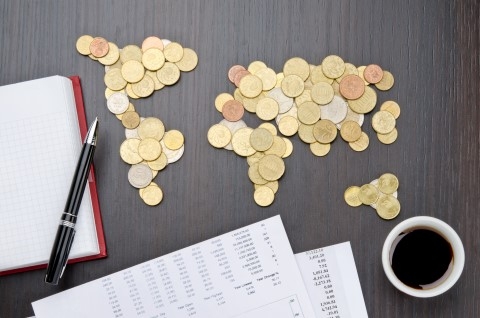
SEA GDP growth may slow to 5% in 2019: ICAEW
Singapore and Malaysia may see the biggest GDP hit, whilst Indonesia and Philippines will be relatively unscathed.
Economic growth across Southeast Asia (SEA) is expected to slow to 5% in 2019 after an estimated 5.3% in 2018 on the back of escalating tensions between US and China and the resulting slowdown in Chinese demand, according to the Institute of Chartered Accountants in England and Wales’ (ICAEW) latest Economic Insight: Southeast Asia report.
In Q3, economic growth continued to moderate across most of SEA’s economies, with average gross domestic product (GDP) growth as a whole slowed to 4.8% YoY from 5.2% in Q2. Vietnam on the other hand was the exception, experiencing a GDP acceleration of 6.9% as foreign direct investment (FDI) inflows continued to support growth in manufacturing activity and exports.
According to the report, many of the region’s economies are small open economies heavily dependent on exports, mainly to China.
“In particular, Malaysia and Vietnam are both highly exposed to China with total exports to China in value added terms accounting for 10.7% and 10.3% of GDP respectively in 2017,” ICAEW said in its report. “Of this, more than half were to meet Chinese domestic demand. Hence the expected slowdown in China’s domestic economy next year will weight significantly on growth in the region.”
The report highlighted how Asian economies with the closest ties to China will be the hardest hit amidst the trade war, namely Singapore and Malaysia. ICAEW projects Singapore and Malaysia’s GDP to dip 1% and 0.4% by 2020. Singapore is projected to experience the sharpest slowdown with GDP growth set to moderate from an expected 3.3% in 2018 to 2.5% in 2019. On the other hand, Indonesia and Philippines will be relatively unscathed.
“Fiscal spending is expected to be strong in Indonesia, Thailand and Philippines ahead of upcoming elections in H1 2019 and we expect many governments in the region, including Indonesia and Malaysia, to miss their ambitious fiscal consolidation targets for 2019,” ICAEW noted.
Whilst domestic demand may present a buffer amidst trade headwinds, ICAEW said it does not expect the demand growth to reach the stellar pace achieved in 2018 largely due to lower monetary policy support.
The report noted how Indonesia and Philippines have been more aggressive than their Asian peers with policy rates reaching 175bp in a bid to support their respective currencies. In Indonesia, persistent capital flight pressures and risks are likely to keep the central bank ‘hawkish’, the report stated. ICAEW projects Indonesia’s GDP growth to climb 5.1% going into 2019.
“This is true for the Philippines as well, along with still-elevated inflation,” ICAEW said. “In Thailand, rising concerns about the implications of accomodative policy amidst high debt levels have tilted the scale in favour of hikes and we expect Thailand to begin tightening in Q1 2019.”
And although growth is set to ease in Vietnam, Indonesia and Philippines, ICAEW said it expects them to be amongst the top ten fastest growing economies globally.
























 Advertise
Advertise






